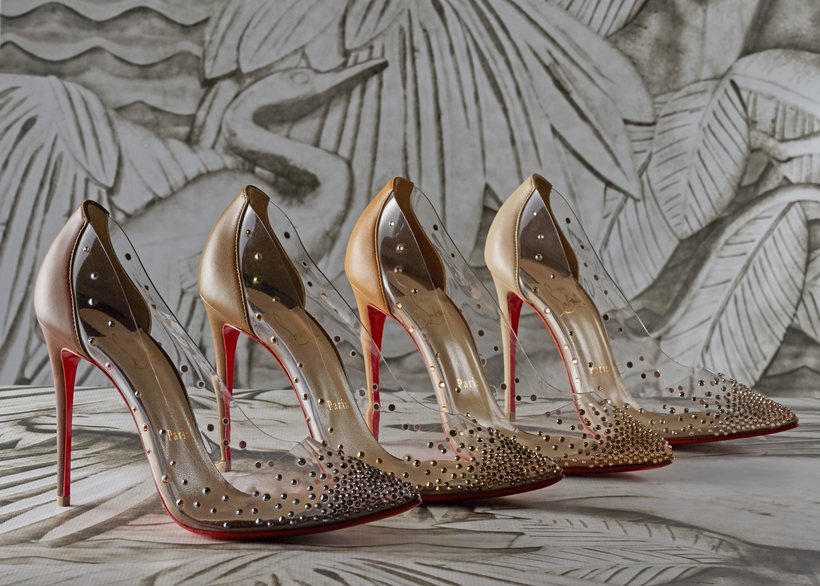Valerie Steele, chief curator of the Museum at the Fashion Institute of Technology and a leading light in the field of fashion theory, tells a story about the F word. Back when she was a grad student at Yale, she was talking to an eminent history professor and he asked about her dissertation. She said it was on “fashion,” and he replied, “Italian or German?” Steele corrected him. “Not fascism. Fashion. As in Paris.” He walked away without a word.
How things have changed. In the last 25 years, the world—and academia along with it—has embraced fashion as a spectator sport, a symbolist drama, a semiotics of the street. Fashion exhibitions are bringing blockbuster crowds to museums that once sniffed at shows of “old clothes.” And la mode itself—on the runway, in the office, at the gala—is a subject anyone can discuss. Why? Because fashion is aesthetics, history, sociology, poetry, politics, feminism, and gender study all rolled into one. It begs for analysis. For words.
“Not fascism. Fashion. As in Paris.”
What we call fashion flows from many sources, but its oracle has always been Paris, specifically the biannual collections of the haute couture. The couture traditionally limits its audience to industry elites, socialites, and celebrity friends. This year, however, the Fall/Winter 2020/21 collections rolled out online, everyone invited, in early July. One can look to the couturiers as cultural divining rods, or break the branch over one’s knee. But Paris cannot be ignored. Many of the collections are now available on YouTube. Don’t miss the enchanting Christian Dior preview video, directed by Matteo Garrone. Just as Dior himself would have wanted, it is deeply encultured, touching on Greek myth, classical sculpture, Alice in Wonderland, and the wartime Théâtre de la Mode, a traveling couture show in which the clothes were shown on dolls. The music of Erik Satie sets the tone of mystery, beginning with his Gnossienne No. 1.
Christian Louboutin, the man who married hooker heels to high society, has a show called “L’Exhibition[nist]” at the Palais de la Porte Dorée, Paris, which recently reopened after the pandemic shutdown. So many closed exhibitions will not reopen, so it’s exciting that this one gets a second wind, which carries it to January 3, 2021. In Florence at the Uffizi Galleries, until September 27, “Worn by the Gods: The Art of Shoemaking in the Ancient World” looks at the ways classical Greek and Roman designs continue to appear on contemporary feet, straps winding up the calves.
The ethos in 1960s Palm Beach, where Lilly Pulitzer and her then-partner Laura Clark launched their colorful cotton shifts, was barefoot. And the shape of the dress was rudimentary, a form of winking Wasp understatement. It was the fabric that gave the shift cachet—and it was Suzie Zuzek (no Wasp she, but Yugoslavian) who came up with those tutti-frutti textiles, flora and fauna swinging, stylized, and ripe for study. In the coming months, a date still to be determined, the Cooper Hewitt in New York will open “Suzie Zuzek for Lilly Pulitzer: The Prints That Made the Fashion Brand.”
Speaking of coastal fashion, who knew that July 5 happens to be International Bikini Day? It was also the opening day of the new Bikini Art Museum, located in Bad Rappenau, Germany, a spa town known for its brine baths. Although its focus is the teenie-weenie two-piece, the museum features swimwear from three centuries and all continents. The Tank suit is perhaps the most elegant of all swim designs; just take a look at the famous George Hoyningen-Huene photograph The Divers, circa 1930. It shows a man and woman looking out to sea, twin gods of androgyny posed like the sign of Pisces. Their swimsuits are as lean and mean as a Cartier Tank watch, a design introduced at the end of W.W. I. Both Tanks embody modernist goals of simplicity, freedom, and speed.
